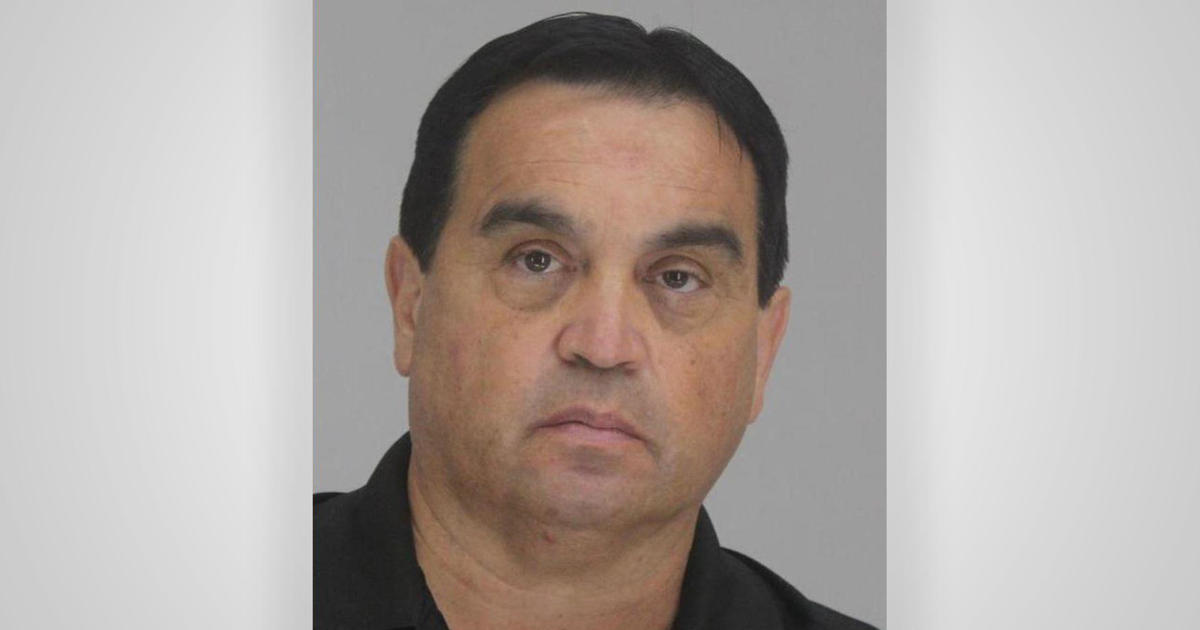Never Again: 4 Steps Texas Needs To Take To Prevent Another Power Crisis
DALLAS (CBSDFW.COM) — It was a failure. Millions of Texans were left without power at a time when they needed it the most.
While the winter storms like those that hit Texas last week are rare, it's not out of the question that it could happen again.
The CBS 11 News I-Team reached out to electrical and chemical engineering experts at Texas A&M University to see what steps they recommend Texas take to make sure this never happens again.
"What we experienced is definitely a wake-up call," said Le Xie, a professor at the Department of Electrical and Computer Engineering at Texas A&M.
Xie and his colleagues have four recommendations for Texas.
- 1. Winterize Infrastructure – Experts recommend Texas winterize outside power plants, natural gas pipelines and wind turbines for extreme conditions.
"There are stories out there that wind turbines can't handle cold weather," said Mark Barteau, Vice President for Research at Texas A&M University. "The ones we have in Texas can't handle the cold but the Danes are getting most of their power from wind turbines under the harsh conditions of the North Sea. It can be done."
Out of all of their recommendations, these engineering experts said winterizing infrastructure is the easiest and fastest thing Texas can do.
"It's a must and it's a no-brainer," said Efstratios Pistikopoulos, the Director of Texas A&M Energy Institute.
- 2. Connect ERCOT – Another recommendation is for the state to invest in high voltage DC lines to connect ERCOT with both the Western and Eastern interconnections. This way ERCOT can import energy faster in emergency situations.
Currently, the Texas grid has ties to the eastern power grid and a power grid in Mexico. However, the connections only allow for transfers of small amounts of power.
- 3. Increase Energy Storage – These experts said Texas needs to have a strategic energy storage reserve plan.
Extra natural gas near power plants could have kept some power plants online when natural gas production and transmission went offline.
Meanwhile, large energy storage batteries could have also added power when the Texas grid needed more. Other states, such as California, have invested in large Tesla batteries in case of power shortages. These batteries can power thousands of homes for hours.
"It's these sort of the things behind the scenes that perhaps we have not paid enough attention to in the past," said Barteau. "The lesson here is we need to pay more attention and invest more in those in the future."
- 4. Increase "Demand Respond" Technologies - Right now, your house either has power or not. However, with the use of smart meters and smart appliances, an energy provider could allow power for essentials, like heating and lights, but cut it off to non-essentials, like to the washing machine or dish washer. This is referred to as "demand response" technology.
Xie said the necessary technologies are already there but said there needs to be market incentives and the political will to promote wide-spread adoption.
"We don't have to have rotating blackouts," explained Xie. "We can be selective and keep some of the services on."
All these recommendations require investments of millions, and perhaps billions, of dollars.
However, these Texas A&M professors said the investments are needed to ensure the power stays on in Texas' extreme conditions.
"The technology is there," said Pistikopoulos. "We have all the systems in place to make this work, so we can always be always warm or always cool, regardless of what happens."



